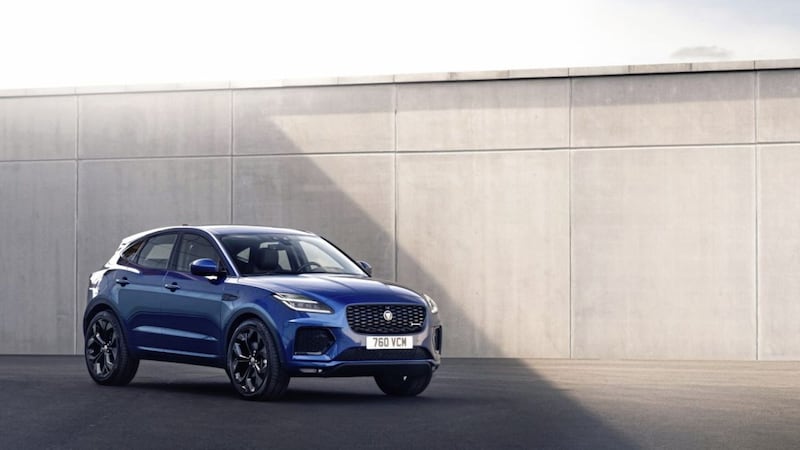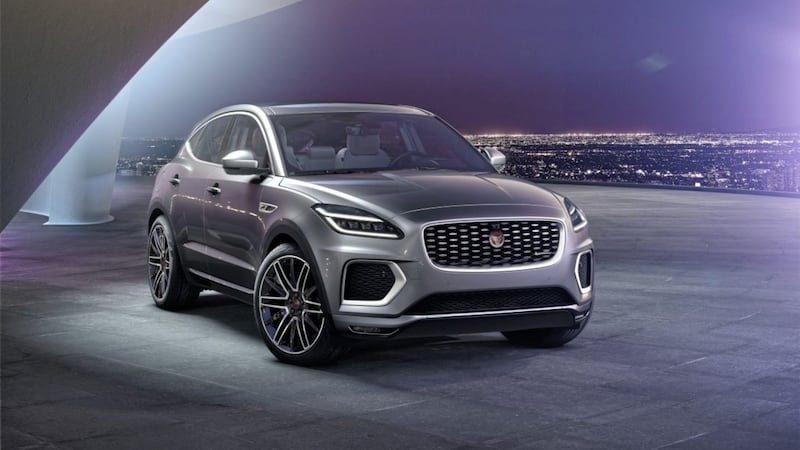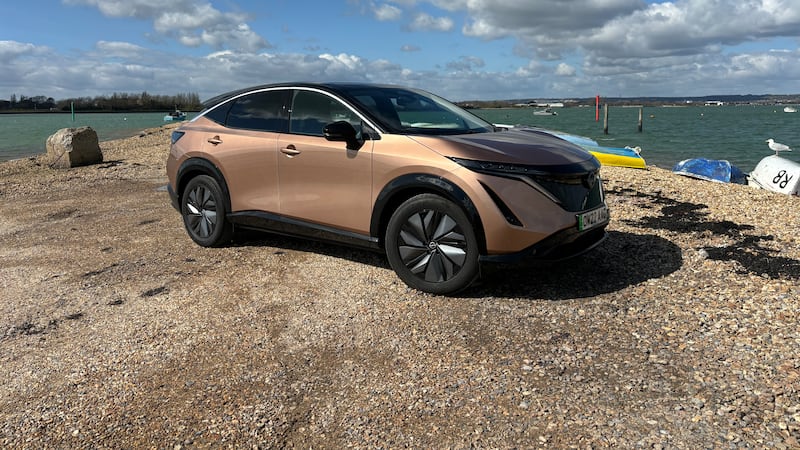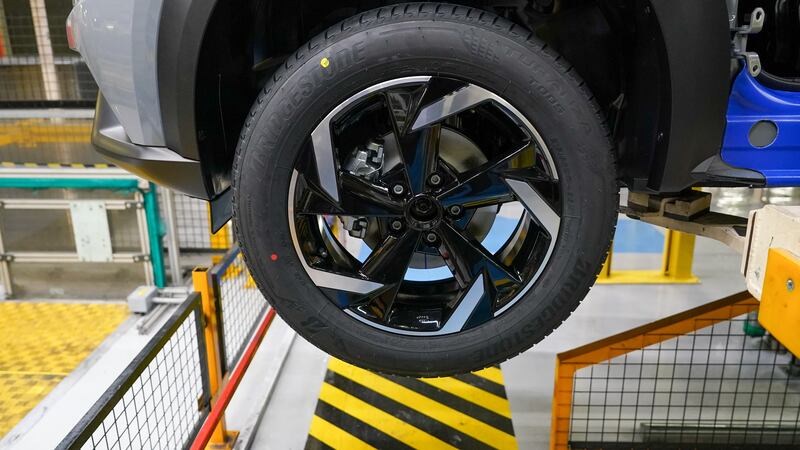AFTER a year of weathering the same coronavirus storm that has battered every other area of life, the motor industry faces a post-pandemic future shaped by two clear consumer demands: SUVs and electrified vehicles, writes William Scholes.
Punters increasingly want one or the other when choosing their new car. A vehicle that ticks both boxes - being an SUV with a battery and electric motor somewhere in its drivetrain, in other words - should be all but irresistible.
That ought to be good news for the car on this page, Jaguar's E-Pace. The E-Pace is the smaller of Jaguar's two SUVs, slotting in beneath the F-Pace.
Its chief rivals are the closely related Range Rover Evoque and the distinctive, beautifully designed Volvo XC40.
These three tend to bubble at the top of the market for cars of this size, style and price. There are some German rivals, but they are too dull to detain us at the moment.
Though Covid has ravaged the new car market - the European market in February was 20 per cent smaller than in February 2020, according to industry analysts Jato Dynamics - demand for SUVs remains undimmed.
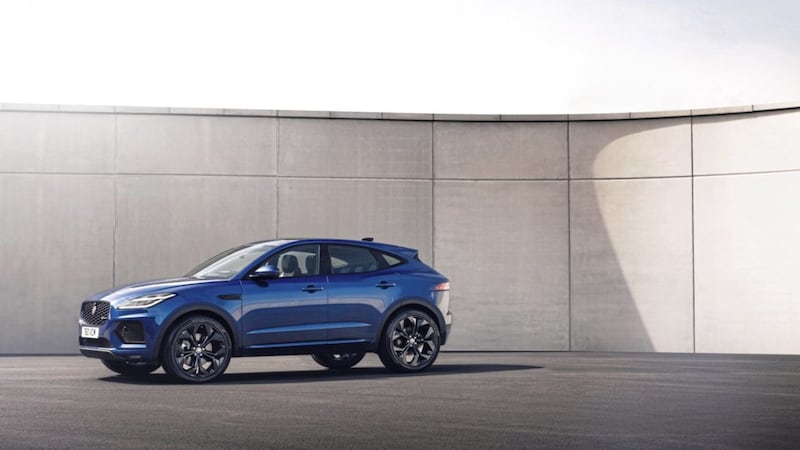
SUV market share continues to edge ever-higher. Jato's most recent figures put it at 44 per cent, the highest ever; five years ago it was just 26 per cent.
Those sorts of numbers help to explain why marques previously synonymous with sports cars and luxury saloons, including Jaguar, have sped into the SUV and crossover market.
Meanwhile, governments are stepping up their efforts to legislate internal combustion engines from our roads.
Thus, car-makers are offering more and more electrified cars - chiefly battery electric vehicles (BEVs) and plug-in hybrids (PHEVs) - alongside their traditional petrol and diesel engines.
The Jaguar E-Pace P300e offers up to 34 miles of electric-only travel. CO2 emissions of 44g/km should catch the eye of company users who will pay only 11 per cent benefit in kind tax
Jato, in its most recent data for the European market, puts Jaguar Land Rover as the group with the third highest proportion of BEVs and PHEVs in its mix, at 31 per cent.
BEV-only Tesla is first, at 100 per cent, and Geely - parent of Volvo and electric-only brand Polestar - is second, with 45 per cent; the European average is 14 per cent.
This time last year, just 7 per cent of JLR's cars were BEVs and PHEVs. Central to growing that to almost a third of all of its registrations within 12 months is the introduction of cars like the plug-in hybrid version of the E-Pace.
Badged P300e, it offers up to 34 miles of electric-only travel. In my experience of EVs and plug-in hybrids, matching that range on a regular basis year-round will be a challenge.
However, its CO2 emissions of 44g/km should particularly catch the eye of company users who pay benefit in kind tax on their car.
That puts the E-Pace PHEV in the 11 per cent tax bracket. For comparison, the similarly powerful P300 Sport model, which does without the plug-in hybrid set-up, posts CO2 emissions as high as 218g/km, yielding a 37 per cent benefit in kind tax rate.
The P300e PHEV goes about making its power in a different way to the P300, however.
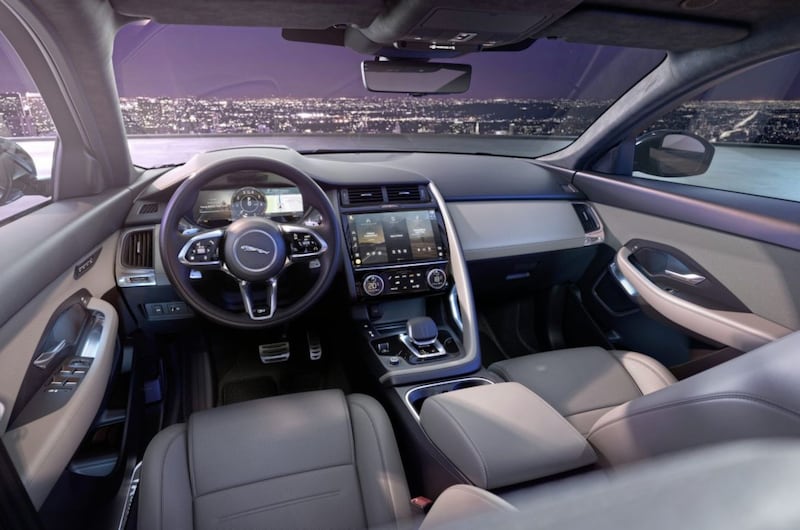
The P300 relies only on a 2.0-litre four-cylinder petrol engine, albeit with mild-hybrid assistance, to produce outputs of 296bhp and 295lb ft. A four-wheel-drive system and nine-speed automatic gearbox deliver the power and torque to the road.
In the case of the P300e, a 1.5-litre three-cylinder petrol engine is paired with an electric motor on the rear axle. There's an eight-speed automatic gearbox and all-wheel-drive. The 15kWh lithium ion battery for the motor lives under the boot floor.
The engine makes 197bhp and the motor 108bhp, giving a total system output of 305bhp, thus making it a little more brawny than the 2.0-litre P300. But the PHEV is far torquier, with a chunky 398lb ft at its disposal.
The net effect is that the hybrid offers stronger on-the-road performance, as evidenced by its 0-60mph time of 6.1 seconds, compared to the P300 Sport's 6.6 seconds.
Official fuel consumption tests tend to flatter plug-in hybrids, but even so the E-Pace PHEV ought to be more frugal than the similarly powerful P300; the figures, for what they are worth in the real world, put the PHEV at 141mpg on the combined cycle and the P300 at as little as 29.2mpg.
In a crowded field, the E-Pace stands out with its sharp styling, and backs that up with a vibrant driving experience and a suitably upmarket cabin
Jaguar offers the P300e PHEV at the upper end of the E-Pace line-up, in three flavours of trim - R-Dynamic S, SE and HSE - with on-the-road prices of £45,995, £47,920 and £50,860 respectively.
For comparison, the P300 is offered only in Sport guise at £47,585.
Those prices shadow similar offerings from Range Rover and Volvo, though as with the Evoque and XC40, there are cheaper ways into an E-Pace.
The range starts at £32,575. That gets you an E-Pace with a 161bhp/280lb ft 2.0-litre diesel engine, six-speed manual gearbox and front-wheel-drive.
That engine can also be had with all-wheel-drive and the nine-speed automatic gearbox.
The diesel is offered in a more powerful state of tune, with 201bhp and 317lb ft.
As well as the P300 Sport, the 2.0-litre petrol unit can be ordered with 197bhp/236lb ft and 246bhp/269lb ft.
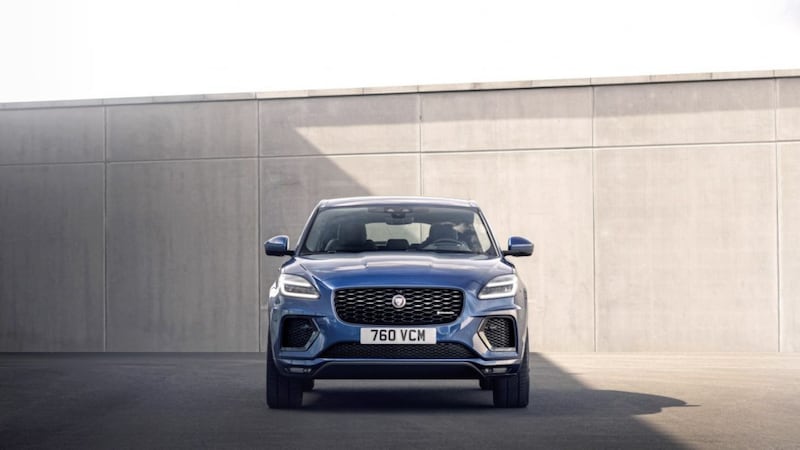
When it introduced the revised engine line-up, including the PHEV, Jaguar also gave the E-Pace a mild cosmetic refresh and the company's latest infotainment set-up, which it calls Pivi Pro.
Trim levels rise from entry E-Pace to S, SE and HSE, and you can have each in sporty R-Dynamic guise.
As far as small premium SUVs are concerned, the E-Pace is perhaps the most fun to drive.
It's certainly rather car-like in its dynamics, with a flatter attitude to cornering than most of its ilk, accurate steering and bundles of grip.
The interior is a lovely place, too. It feels expensive and well put together. It's comfortable, with seats that give Volvo a run for their money.
It is as spacious in the back as you could expect for a car in this size class, though you will find other SUVs with larger boots. Whether that matters will depend on your priorities and how you use your car, I suppose.
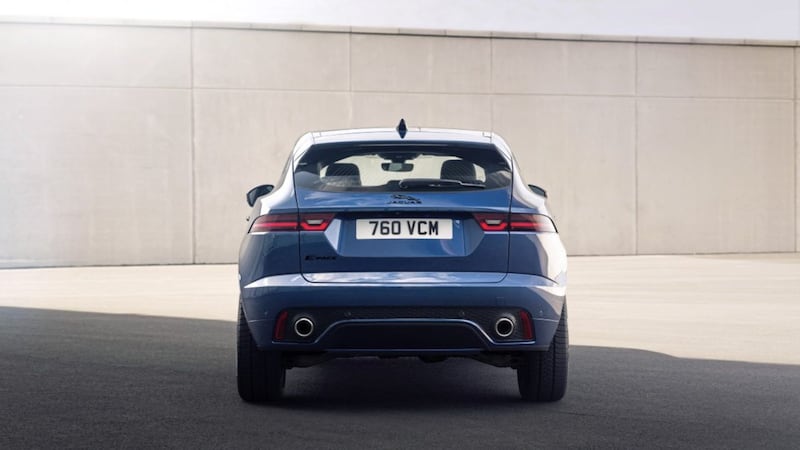
In a crowded field, the E-Pace stands out with its sharp styling, and backs that up with a vibrant driving experience and a suitably upmarket cabin.
It isn't the cheapest compact premium SUV either, though it does offer a wide range of engine and trim choices, and the P300e plug-in hybrid only broadens the Jaguar's appeal.
Sitting as it does bang in the middle of the electrified drivetrain and SUV trends, we can expect to see more on our roads during 2021.
